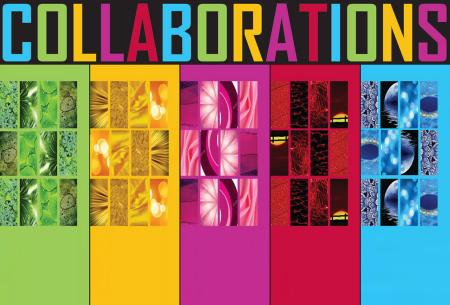
Resource description:
Online portal for strengthening networks between individuals and groups in cities.
Author/Contact:
TURAS
Expert contact: Johanna Varghese
Requirements:
- Ideally, an interdepartmental group interested in communities, development, communication, planning and entrepreneurship in the city.
- Who should be involved: A network connector (an outsider skilled at moving between different departments and groups), sourcing data, data input, social media, website developer/ coder, visual communication and graphic design, sourcing funding and resource
Advantages:
- First of all, it is key to identify which groups would like to be more visible and to be available to connect. It is then necessary to develop a strong visual layout of these individuals (using a simple but descriptive sketch) so that the concept can be i
- During this process, you begin to augment an existing or create a new network with key people in relevant departments to gain traction for your concept. Now it is necessary to locate policy or legislative support in order to align the new portal with a po
- In the Dublin context, we required a website designer who could work the "back-end" of the portal. Finding volunteers is sometimes difficult. In Dublin, we pitched it at a community of practice meeting attended by "Code for Ireland" - an organisation wher
Constraints:
- There is an abundance of community and other groups and projects in cities. However, many citizens don't seem to be aware of them or how to connect to them. Because this is often the starting point for a transition movement, the goal of a Collaboration Ne
Uses of this resource:
Both the community groups and the local authority tend to operate in situations of "high context culture" - lots of information hidden within files and reports and not necessarily easily available to the public or concerned stakeholders. The starting point for a Network is to gather knowledge of groups or projects across an urban area, essentially to make a list of the different groups and decide on their role and function. For example, in the Dublin City prototype, there are categories for the local authority, institutions and EU projects, communities of practice, social entrepreneurs, and community groups. A portal that displays these diverse groups may re-frame the perception of "communities" and expand possibilities for participation in the city. Visit the Collaborations website at http://collaborations.website.
Additional information:
Who should be involved?:
FACILITATORY (PUBLIC) BODIES:
community development department; planning and development department; communication department
LOCAL TASK FORCE:
entrepreneur; business; community group; professional expert; volunteer
SUITABLE FOR:
dense inner city; (sub-)urban communities; underused urban site & building
MAIN NECESSARY RESOURCES ARE:
expert knowledge; local knowledge; monetary investments; personnel time
Licence:
- Free, no licence
Development stage:
- Full, working product